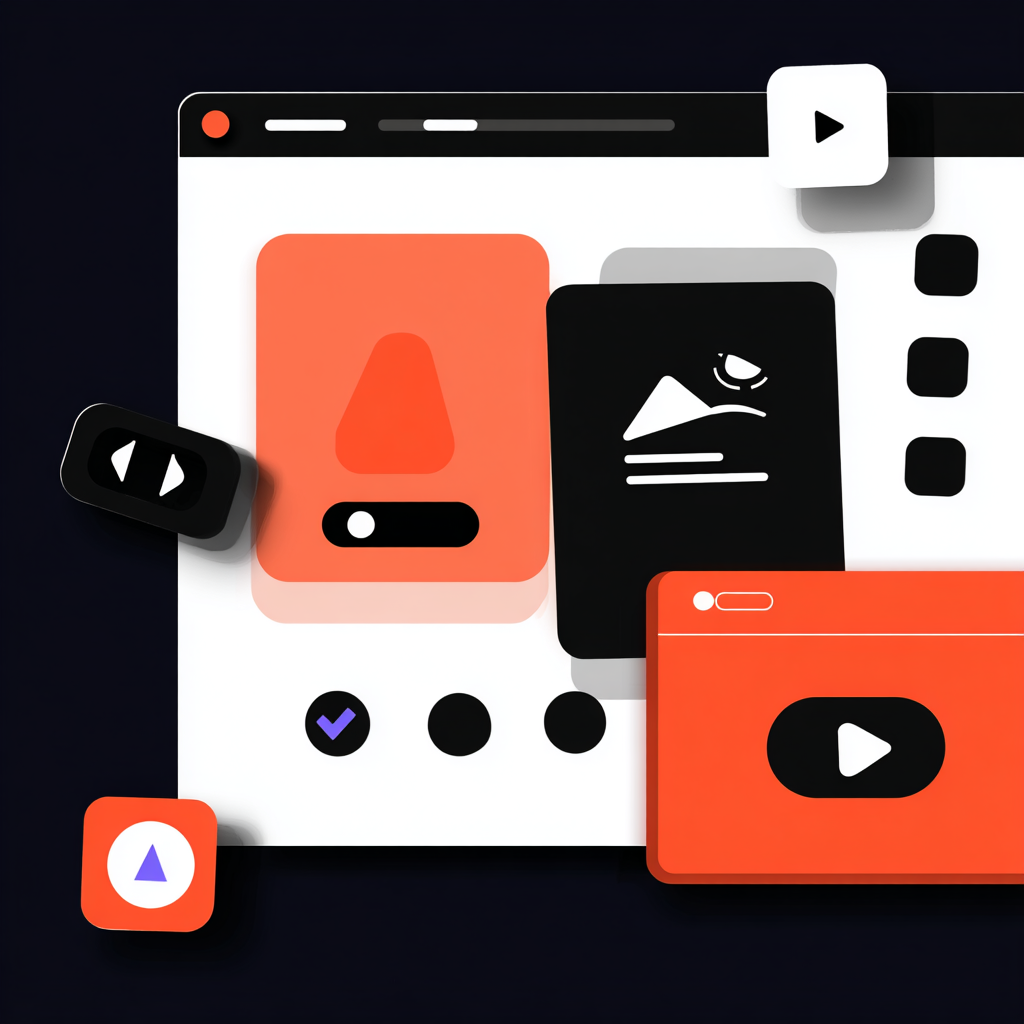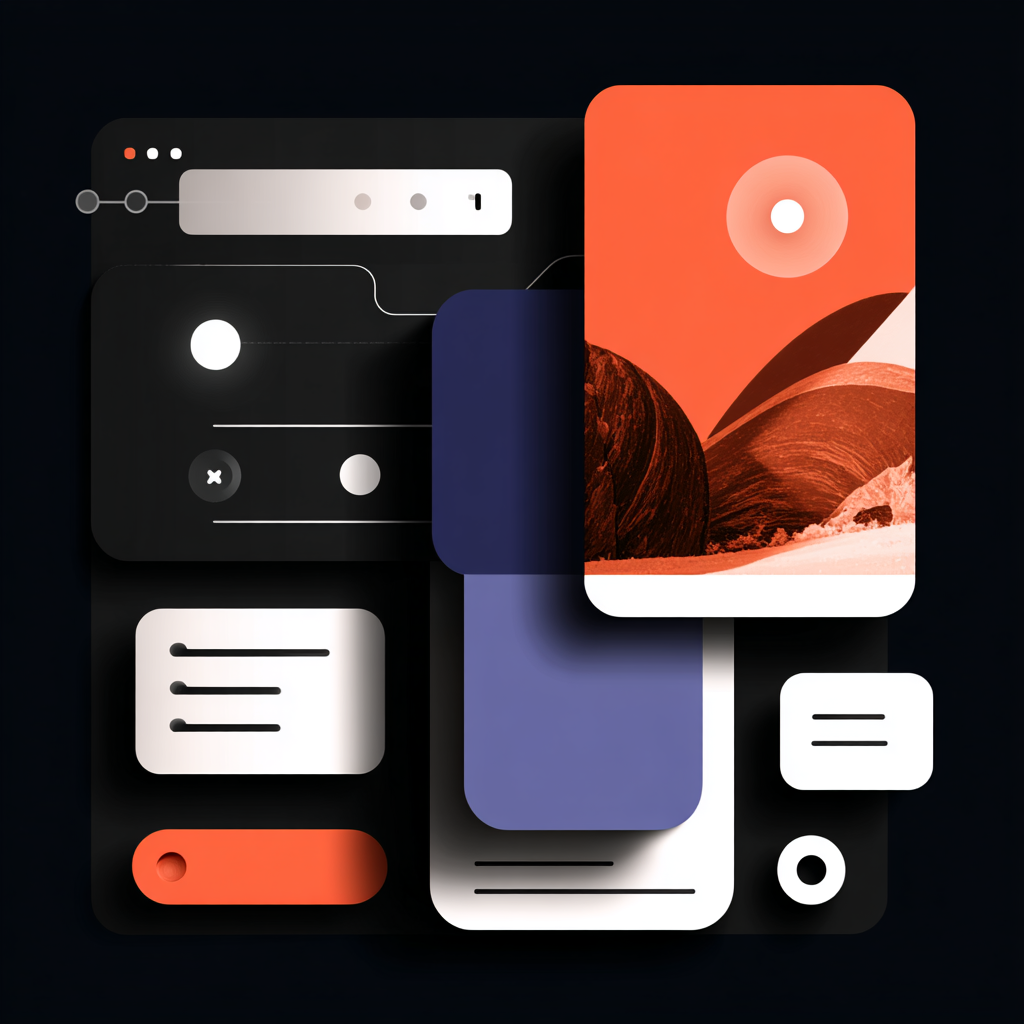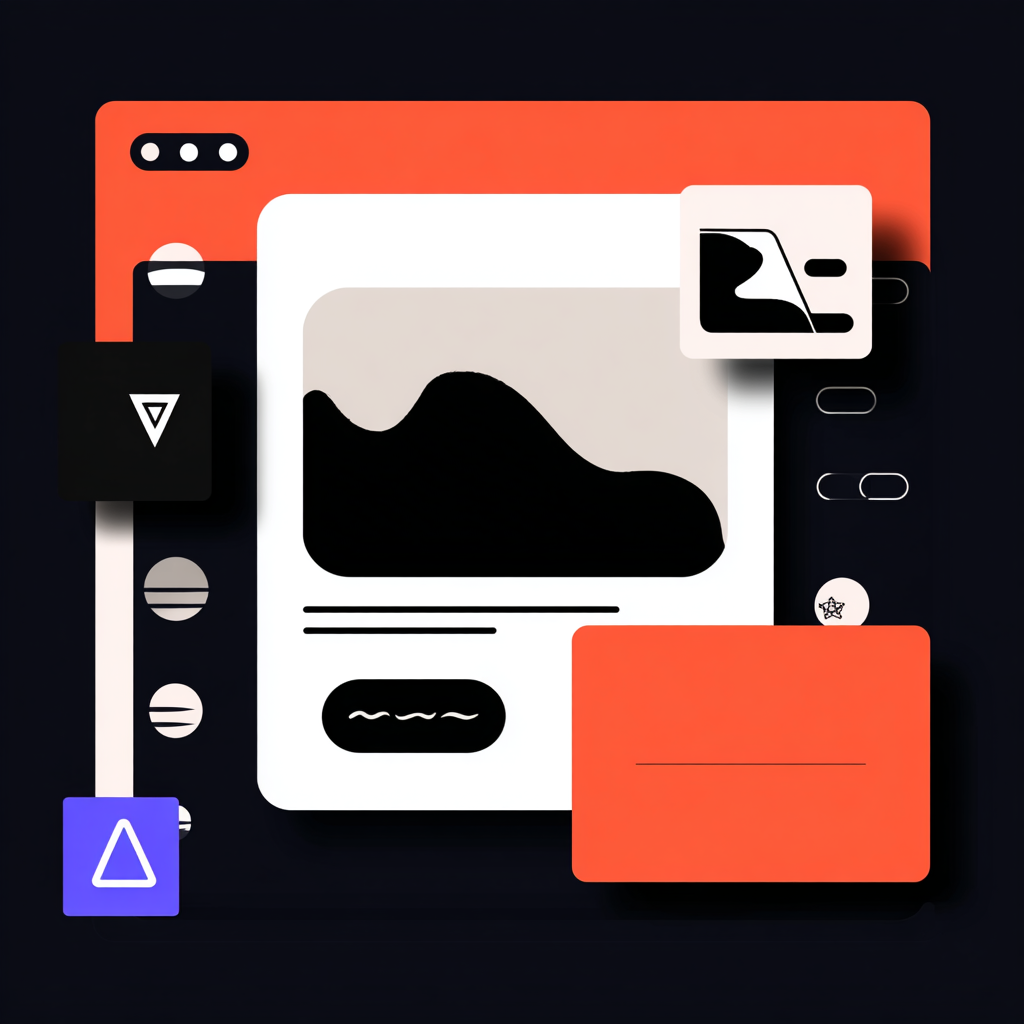Mastering Webflow Variables & Global Design Systems (2025)
Learn how color, typography and spacing variables power lightning-fast redesigns and multi-theme sites in Webflow after the 2025 update.

Published July 2025 • 11 min read
Why Variables matter in 2025
Webflow’s May 2025 release introduced Variables & Design Tokens—a game-changer for anyone tired of hunting through 200 class combos just to tweak brand colors. Variables elevate Webflow from page-builder to true design-system tool. With one edit you can now update every button, CMS template and component across the site—no custom code needed.
1. Anatomy of a Webflow Variable
Inside the new Style panel → Variables you’ll find three buckets:
- Color variables (HEX or HSL) – automatically surface in color picker.
- Typography variables (font family, size, weight, line-height).
- Spacing variables (px, rem, %, clamp).
Each variable is actually a design token that Webflow stores in the published CSS as --bb-primary-500: #3c2bff;. That means you can reference them inside custom code or external style sheets, too.
2. Setting up your palette
- Open the Variables panel > click + New Group → name it “Brand Colors”.
- Add shades
Primary-100→Primary-900, plus semantic colors (Success, Warning, Error). - Assign variables to existing components: select a button → swap Fill color from #3c2bff to
Primary-500.
Tip: use HSL values for easier future theming—Webflow’s color picker now lets you lock in hue while changing lightness.
3. Building a type scale with clamp()
Fluid typography is baked in. Create a variable called Heading-1 → set size to clamp(2.4rem, 3vw + 1rem, 4.2rem). All h1 elements adapt from mobile to 4K automatically.
Repeat for body text and captions. Result: consistent hierarchy, zero media-query bloat.
4. Spacing tokens = instant rhythm
Define a Space-Base = 0.5rem variable, then multiples (1x, 2x, 3x, 4x). Use these for padding & margins throughout. When marketing decides “everything feels cramped,” bump Space-Base to 0.6 rem and publish—layout breathes site-wide.
5. Multi-theme workflows
Need dark mode or white-label versions? Duplicate your variable group → switch values → apply a top-level selector ([data-theme='dark']) in Custom Code. Webflow outputs both token sets; a tiny script toggles attributes.
<script>
document.getElementById('themeSwitch').onclick = () => {
document.documentElement.toggleAttribute('data-theme', 'dark');
};
</script>6. Migrating legacy projects (checklist)
- Create variables first—don’t start replacing colors manually.
- Use the new Find & Replace tool (Shift + ⌘ + F) to swap hex values for tokens.
- Re-link symbols/components; variables propagate across all instances.
- Delete unused classes when done—your stylesheet could shrink 25 %.
7. Variables & Client-first
If you’re following Finsweet’s Client-first naming, variables slot in gracefully: keep your c-color-primary-500 classes but source them from tokens instead of hard-coded values.
8. Performance considerations
The token CSS is delivered inline in the first 5 KB of the stylesheet, so there’s no extra request. Browsers cache variables like any other CSS—no speed hit, but you gain massive maintainability.
9. Common pitfalls
- Forgetting to publish after editing variables (they only compile on publish).
- Nesting variables inside gradient fields—still experimental; test in Safari.
- External scripts writing inline styles; they override tokens. Use CSS vars in scripts, too.
10. Next steps
• Download our free starter token JSON at bigbuilds.dev/tokens.
• Try converting one landing-page section first; watch how future edits shrink from hours to minutes.
• Stay tuned—the next article will cover connecting design tokens to Figma via the REST API.
Need help setting up a truly scalable system? Talk to us at Big Builds.
Subscribe to our weekly newsletter
Lorem ipsum dolor sit amet consectetur mi urna tellus dignissim duis at in tempor mauris morbi fermentum dolor lobortis aliquam maecenas.



